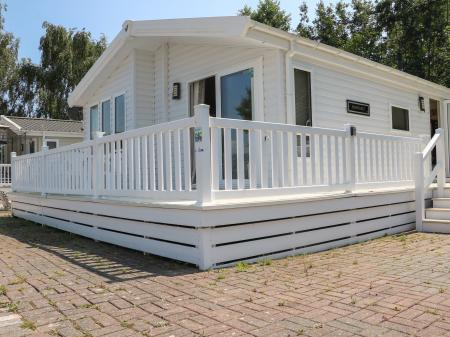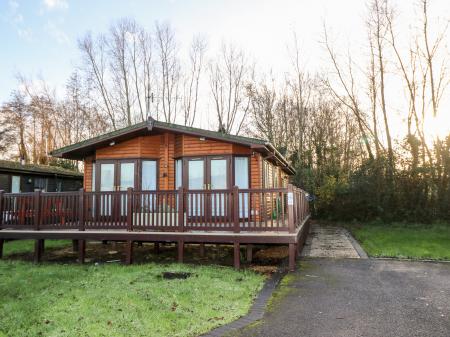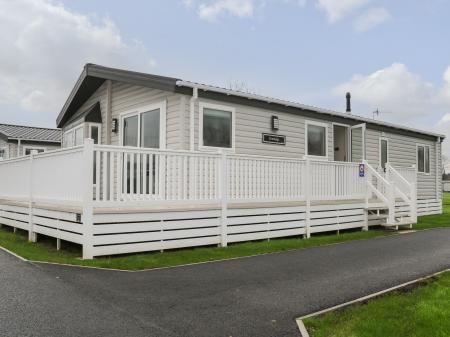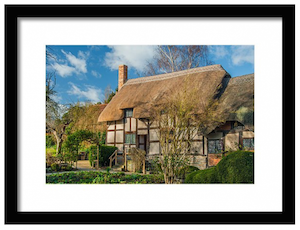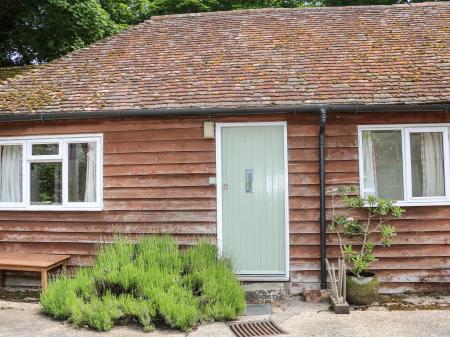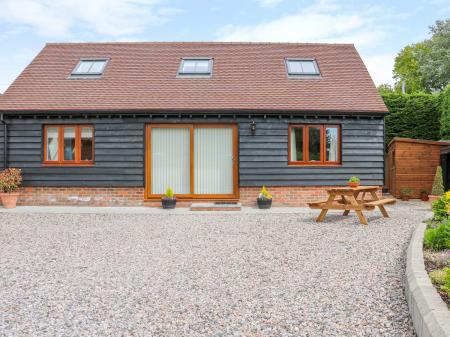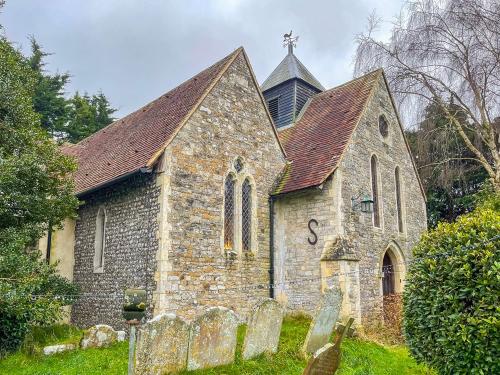
Roman Palace
The palace was discovered by accident in 1960 while the ground was being excavated for a new water main. It offers the largest collection of in-situ Roman mosaics in Britain as well as a reconstruction of the first-known ornamental garden in the country. Finds from the palace can be seen in the excellent on-site museum.
Village History
The name Fishbourne comes from a pair of Old English words; fisc (meaning fish), and burna (a stream). Fishbourne is thus a stream where you can catch fish. The village was noted in the Domesday Book of 1086 as Fiseborne when the landowner was Earl Roger of Shrewsbury.
It may be hard to imagine it today, but Fishbourne was once a busy port, but the harbour gradually silted up and the port fell into decay and was eventually abandoned.
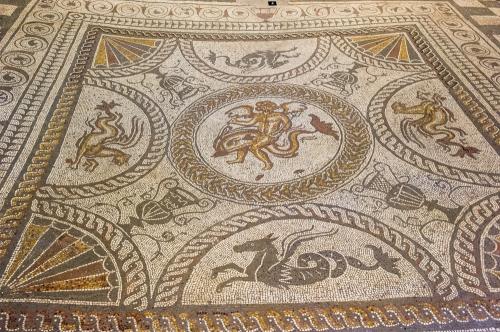
The village grew up around what is now Mill Lane, a reminder of the importance of mills in Fishbourne's history. We know of at least six mills here over the centuries; four water mills and two windmills.
Fishbourne developed as two separate communities; Old Fishbourne, which was linked to Bosham, and New Fishbourne, which was tied to Chichester until the late 20th century. Walking trails lead from the village to Chichester Harbour.
Church
Standing apart from the village centre and just off the A259 is the parish church of St Peter and St Mary. The church dates to the 13th century, though only the chancel remains of that medieval building. Look for medieval graffiti on the north-eastern corner of the church. The interior, including the richly-decorated stained-glass windows, is largely Victorian.
There are 25 listed buildings in Fishbourne, including two Grade II listed pubs, the Bull's Head and the Black Boy Inn.
A mile or so to the west of Fishbourne is Bosham, a historic village popular as a boating centre.
 We've 'tagged' this attraction information to help you find related historic attractions and learn more about major time periods mentioned.
We've 'tagged' this attraction information to help you find related historic attractions and learn more about major time periods mentioned.